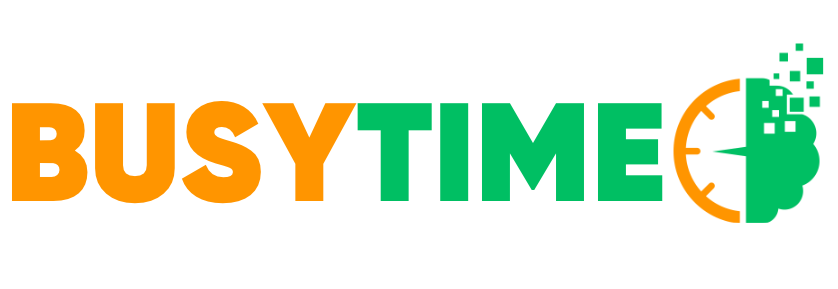Data analytics is the process of collecting, analyzing, and interpreting data to make informed decisions. It has become an essential tool in the marketing industry, helping businesses improve their marketing strategy, identify target audiences, and measure effectiveness. In this essay, we will discuss the importance of using data analytics in marketing, understanding data analytics, using data analytics to improve your marketing strategy, data analytics tools and resources, common data analytics challenges, and solutions.
Understanding Data Analytics
Data analytics is the process of collecting, analyzing, and interpreting data to make informed decisions. It involves examining patterns, trends, and relationships in data to identify insights that can inform business decisions. There are three main types of data analytics: descriptive analytics, predictive analytics, and prescriptive analytics. In marketing, data analytics is crucial in understanding customer behavior, identifying target audiences, and measuring marketing effectiveness.
Using Data Analytics to Improve Your Marketing Strategy
Using data analytics to improve your marketing strategy involves setting marketing goals, collecting and analyzing data, and applying data insights to marketing strategy. To collect data, businesses can use a variety of methods such as surveys, website analytics, and social media analytics. Key data to collect includes customer demographics, behavior patterns, and preferences. Once data is collected, businesses can use data analysis tools and techniques to identify trends and patterns. Applying data insights to marketing strategy involves optimizing campaigns, identifying target audiences, and measuring marketing effectiveness.
Data Analytics Tools and Resources
There are many data analytics tools and resources available to businesses. These tools range from simple spreadsheets to more sophisticated software and services. Some key features of data analytics tools include data visualization, automated reporting, and predictive analytics. Choosing the right data analytics tool depends on the business’s specific needs and budget.
Common Data Analytics Challenges and Solutions
Common data analytics challenges include lack of quality data, data privacy and security concerns, and skillset and resource constraints. To address these challenges, businesses can implement strategies such as improving data quality through data cleansing, ensuring compliance with data privacy regulations, and investing in training and development for employees.
Conclusion
In conclusion, data analytics is a crucial tool in the marketing industry. Understanding data analytics involves collecting and analyzing data to identify insights that can inform business decisions. Using data analytics to improve your marketing strategy involves setting marketing goals, collecting and analyzing data, and applying data insights to marketing strategy. Data analytics tools and resources can help businesses with data analysis, visualization, and reporting. Finally, common data analytics challenges can be addressed through strategies such as data cleansing, compliance with data privacy regulations, and investment in employee training and development. Using data analytics to inform marketing decisions can lead to improved marketing effectiveness and ultimately, increased business success.





